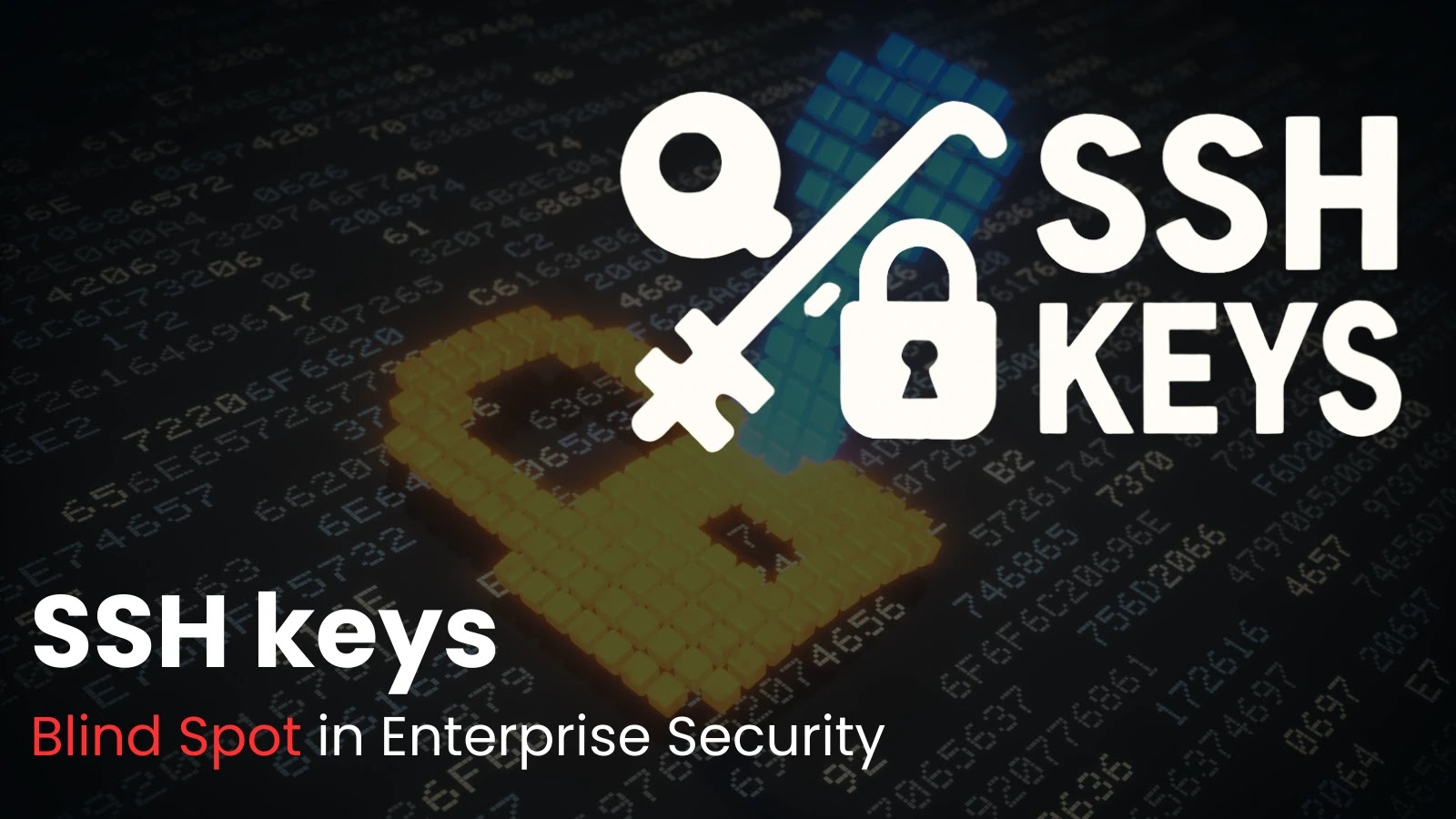Cybercriminals Exploit AWS SES in Massive TruffleNet BEC Campaign
In a significant escalation of cyber threats targeting cloud infrastructures, a sophisticated campaign known as TruffleNet has been uncovered, exploiting Amazon Web Services (AWS) Simple Email Service (SES) to conduct large-scale Business Email Compromise (BEC) attacks. This operation leverages stolen AWS credentials to bypass traditional security measures, enabling the distribution of malicious emails on an unprecedented scale.
The Rise of Identity Compromise in Cloud Environments
The increasing reliance on cloud services has made identity compromise a critical concern. Attackers gaining access to valid credentials can seamlessly infiltrate cloud environments, rendering conventional security defenses ineffective. AWS, as a leading cloud service provider, has become a prime target for such exploits. The TruffleNet campaign exemplifies this trend, utilizing legitimate AWS SES capabilities to orchestrate extensive phishing and BEC schemes.
Unveiling the TruffleNet Campaign
FortiGuard Labs recently identified the TruffleNet operation, which systematically abuses AWS SES through compromised credentials. The campaign employs TruffleHog, an open-source tool designed to scan for exposed secrets, to validate stolen credentials and perform reconnaissance across AWS environments. This methodical approach underscores the attackers’ commitment to exploiting cloud services for malicious purposes.
Scale and Coordination of the Attack
The TruffleNet infrastructure is vast, involving over 800 unique hosts across 57 distinct Class C networks. This extensive network demonstrates a high level of coordination and resource allocation, indicating a well-funded and organized operation. Notably, the majority of these IP addresses lacked prior malicious reputations, suggesting the establishment of dedicated infrastructure specifically for this campaign.
Technical Infrastructure and Attack Methodology
The attackers’ infrastructure exhibits consistent characteristics, including specific port configurations and the deployment of Portainer, a container management platform. This setup provides a centralized interface for managing large-scale credential testing operations, effectively functioning as an infrastructure-as-a-service model for cybercriminal activities.
The attack sequence involves several AWS API calls executed in a precise order. Initially, attackers perform a GetCallerIdentity API call to verify the validity of the compromised credentials, followed by GetSendQuota queries targeting AWS SES. This process allows them to assess and maximize the email-sending capabilities of the compromised accounts.
Exploitation of Compromised WordPress Sites
Further analysis revealed that the attackers utilized compromised WordPress sites to obtain DomainKeys Identified Mail (DKIM) cryptographic keys. By configuring AWS SES with these keys, they could send emails that appeared to originate from legitimate organizations, enhancing the credibility of their phishing attempts. This technique highlights the attackers’ sophistication in blending various exploitation methods to achieve their objectives.
Targeted BEC Attacks on the Oil and Gas Sector
The culmination of the TruffleNet campaign involved targeted BEC attacks against the oil and gas industry. Attackers sent fraudulent invoices purporting to be from reputable companies like ZoomInfo, requesting substantial ACH payments. These communications directed recipients to typosquatted domains, meticulously crafted to mimic legitimate websites, thereby increasing the likelihood of successful deception.
Implications and Recommendations
The TruffleNet campaign underscores the evolving nature of cyber threats in cloud environments. Organizations must recognize the critical importance of securing access credentials and implementing robust monitoring mechanisms to detect unauthorized activities. Regular audits of cloud configurations, employee training on phishing awareness, and the adoption of multi-factor authentication are essential steps in mitigating such sophisticated attacks.
As cybercriminals continue to refine their tactics, leveraging legitimate cloud services for malicious purposes, the need for proactive and comprehensive security strategies becomes increasingly imperative.



